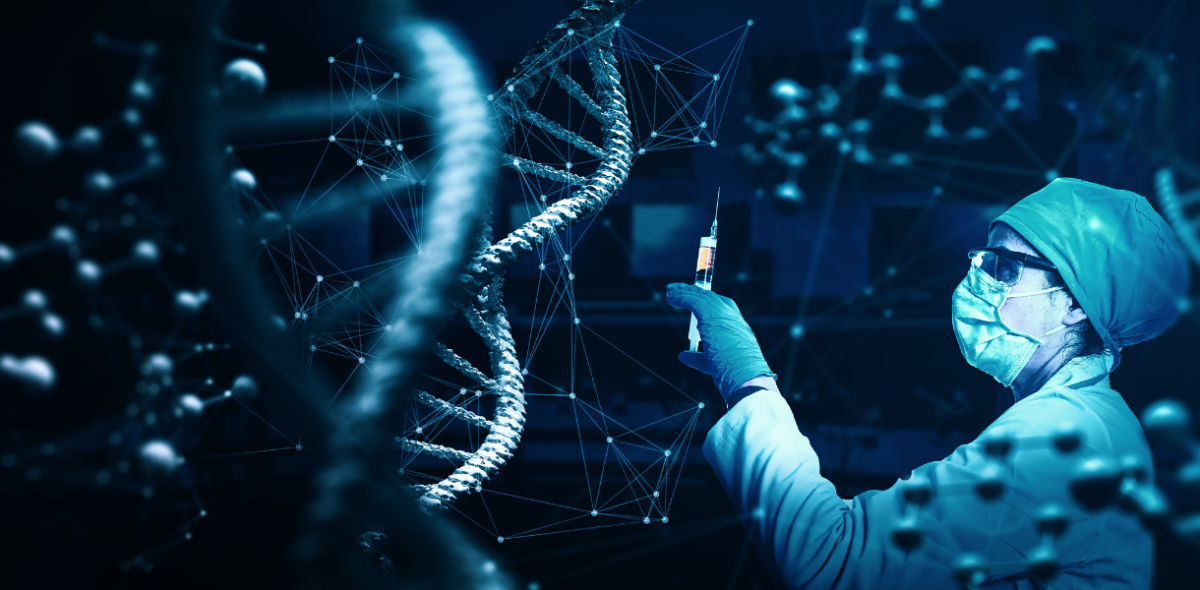Various branches of Science have spearheaded the latest advancements we witness in our world. The field of Science is ever-evolving because researchers and scientists work rigorously; churning out compelling developments to ensure that life on Earth thrives in terms of longevity and universally beneficial conditions. While Science evolves, it has not always been the most welcoming field to diversity; even now, women and minorities struggle to break through scientific fields in several parts of the world. While setting foot in a research laboratory in itself is a recognised achievement, this blog highlights the work of 5 influential women who trailblazed their scientific disciplines at a time when their very presence was not accepted in these settings.
Katherine Johnson – Mathematician
As a pioneering Mathematician, Katherine Johnson was one of the first African American women to work for NASA. Her role at NASA entailed calculating and analysing the flight paths of NASA space crafts. She is best known for generating the revolutionary calculations that enabled the first Americans to launch into the Earth’s orbit and set foot on the moon in 1962. This involved a complex networking system that linked worldwide communications and tracking stations to the IBM computers in Washington. The calculations that ran through the computers were thoroughly analysed and double-checked by Katherine Johnson because the astronauts were wary of trusting machines. In 2015, at the age of 97, Katherine Johnson was awarded the Presidential Medal of Freedom by former President Barack Obama in an effort to recognise her pivotal contributions to NASA’s first human space flight.
Elizabeth Garrett Anderson – Doctor/Physician
Making significant strides in Medicine, Elizabeth Garrett Anderson was the first female doctor in England. She practised Medicine when women were not allowed to, and she spent 6 months at Middlesex Hospital and had to leave when male students began to protest against her on the basis of her gender. However, she received an honours certificate in Chemistry & Material media due to her incredible scores. After applying to several Medical schools and being rejected on grounds of gender, she was finally accepted into the Society of Apothecaries.
In early 1865, Elizabeth went on to establish her very own practice. However, the general public was reluctant to be treated by a female doctor so her patients were often poor or female. This changed in late 1865 when the cholera epidemic caused a demand for doctors and the traffic at her practice showed a steady increase. In 1870, Elizabeth found out that the University of Sorbonne in Paris was welcoming female admissions into their medical programmes; this encouraged Elizabeth to learn French and attain her medical degree to become a qualified doctor.
Finally, in 1874, she recognised how scarce female doctors were in Britain and how beneficial they were to treating female medical conditions. This led to her co-founding the London School of Medicine for Women which was the first teaching hospital for women.
Chein-Shuing Wu – Physicist
Nicknamed the “First Lady of Physics” – Chein-Shuing Wu was a Chinese-American immigrant that grew to be recognised as a pioneer in the field of Physics. She is widely recognised for the Matthan Project which led to the creation and development of nuclear weapons in war research; however, her most notable work is the Wu experiment which proved that identical particles do not always behave and react in the same manner. In 1978, Wu was awarded the inaugural Wolf Prize in Physics for her revolutionary discovery.
Rosalind Franklin – Scientist
The very photographer of the famous “Photo 51” – Rosalind Franklin is now widely known for discovering the double helix structure of DNA and RNA by utilising X-ray crystallography. While her impact on Science is critical, the credit for discovery was given to James Watson and Francis Crick who were her male colleagues at the time.
Due to the lack of recognition, Rosalind Franklin moved on to Birkbeck College and thoroughly studied the molecular structures of viruses, coal and graphite. Her most notable work was on the structure of the Tobacco Mosaic Virus which enabled her to travel the globe and deliver seminars about the coal & virus molecular structure.
Marie Curie – Physicist & Chemist
Taking the world of Physics & Chemistry by storm, the discoveries and contributions of Marie Curie are invaluable. She conducted crucial research on radioactivity and discovered 2 chemical elements, radium and polonium.
Marie also led the first research project on the impact of radiation treatment on tumours, her generous work specialising in cancer research resulted in her spearheading the Curie Institute which was formerly known as the Radium Institute. The establishment is the leading medical research centre in Paris which focuses on cancer research and radiation therapy, now, it has also expanded to cell biology and biophysics.
Furthermore, Marie Curie is the first person and only woman to win the Nobel Prize twice and the only person to have won the esteemed award in 2 scientific categories, those being Physics and Chemistry.
Read research and breakthrough discoveries from pioneering women in science on Zendy now.
